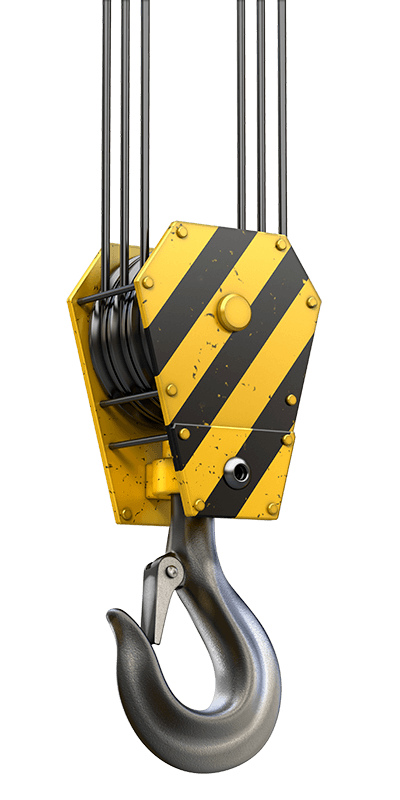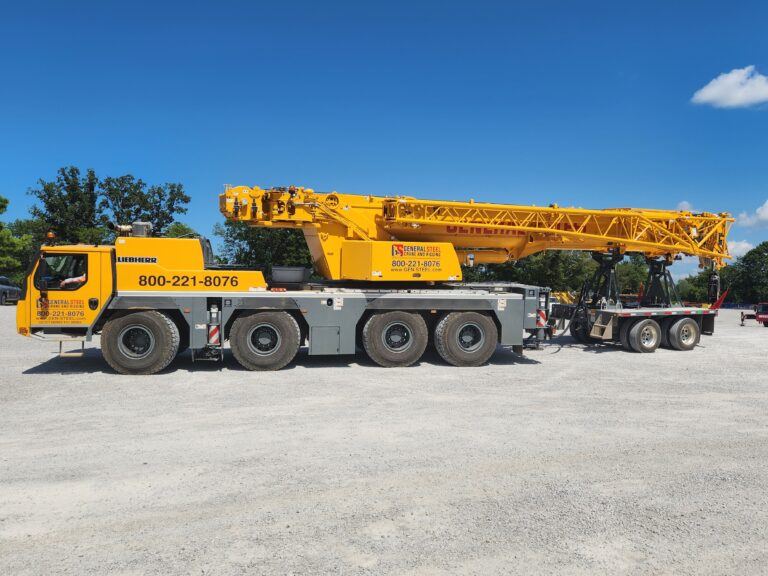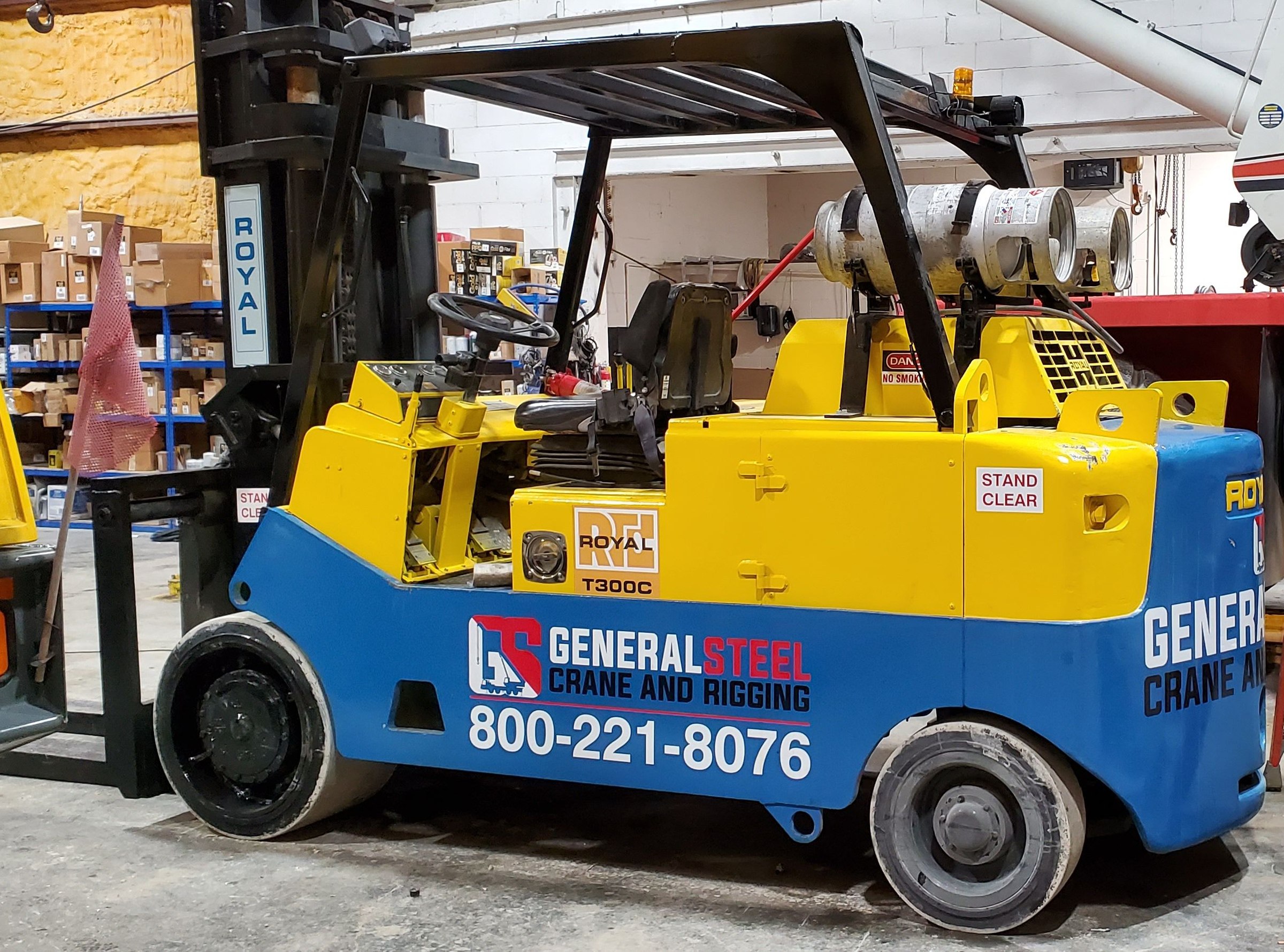How to Read a Crane Load Chart
Cranes are complex machinery that incorporates the latest technology and mechanisms. Knowing about these technologies and mechanisms can be challenging unless you’re a trained and licensed crane operator.
Fortunately, resources like crane load charts can help you understand the fundamentals of crane operations. This is a crucial resource for property owners, developers, managers, or an expert in the construction industry who intend to leverage cranes in their construction.
As a leading crane rental company in Kentucky, Southern Indiana, Tennessee, Ohio, and Missouri, the team at General Steel Crane & Rigging wants to help you learn how to read a crane load chart.

What is a Crane Load Chart?
A crane load chart refers to a guide that details various aspects of a crane in relation to its use. It briefly and precisely overviews its capability by reviewing the crane’s features and characteristics. A typical crane load chart highlights crucial variables like boom angle, boom length, lift range, and other information.
Please note that you may find various variations of the crane chart.
Still, all aim to define different elements that determine whether a crane’s capacity is suited for a particular task.
Different Sections of a Crane Load Chart
A crane load chart has different elements you must understand to interpret its capabilities better. Common elements include the following:
Lift Capacity
Lift capacity refers to how much load a crane can lift. It defines its power and reliability in a construction site, depending on the load being lifted. On average, cranes lift between 10,000 to 60,000 tons.
Boom Angle
Boom angle is a mathematical concept that defines the angle between the boom’s horizontal and longitudinal centerline. A crane with a greater boom angle to a certain height offers a better lifting capacity. The crane’s stability is also factored in when determining the right boom angle. Otherwise, it may lose balance if a crane lifts too much weight at a large boom angle.
Lift Range
The lift range refers to the area where a crane can lift and move a load. It depends on the crane’s radius and its boom length. Based on this concept, a crane with a shorter lifting range offers higher lifting capacity and vice versa. This depends on the size of the counterweight configuration of the outriggers and the movable parts. A crane’s lift range is presented in tables or diagrams in the crane load chart.
How our Crane Operators are Trained
At General Steel Crane and Rigging, we ensure that our crane operators have the highest level of training for every crane service we offer. This starts with certification by NCCO, which is the most recognized licensing and regulatory organization. We back our confidence in our operators through their rigorous training and licensing process that requires operators to pass a general written crane exam, a specific exam for a particular type of crane, and a practical exam on every kind of crane.
We also take them through refresher courses to acquaint them with recent developments in crane operations, including the latest technologies and regulations.
Contact the Experts for Crane Rentals
Knowing how to read a crane load chart is paramount in getting the right crane for your operations. At General Steel Crane and Rigging, we ensure our crane operators are trained to handle any of the types of cranes we offer as a result.
After requesting our rental crane services for your project, you can rest assured that we’ll be able to fit the appropriate crane with only the most capable operators, ensuring your project is attended to with safety in mind.
Contact us today to book your crane rental services.
Image Source: Riocool/Shutterstock





